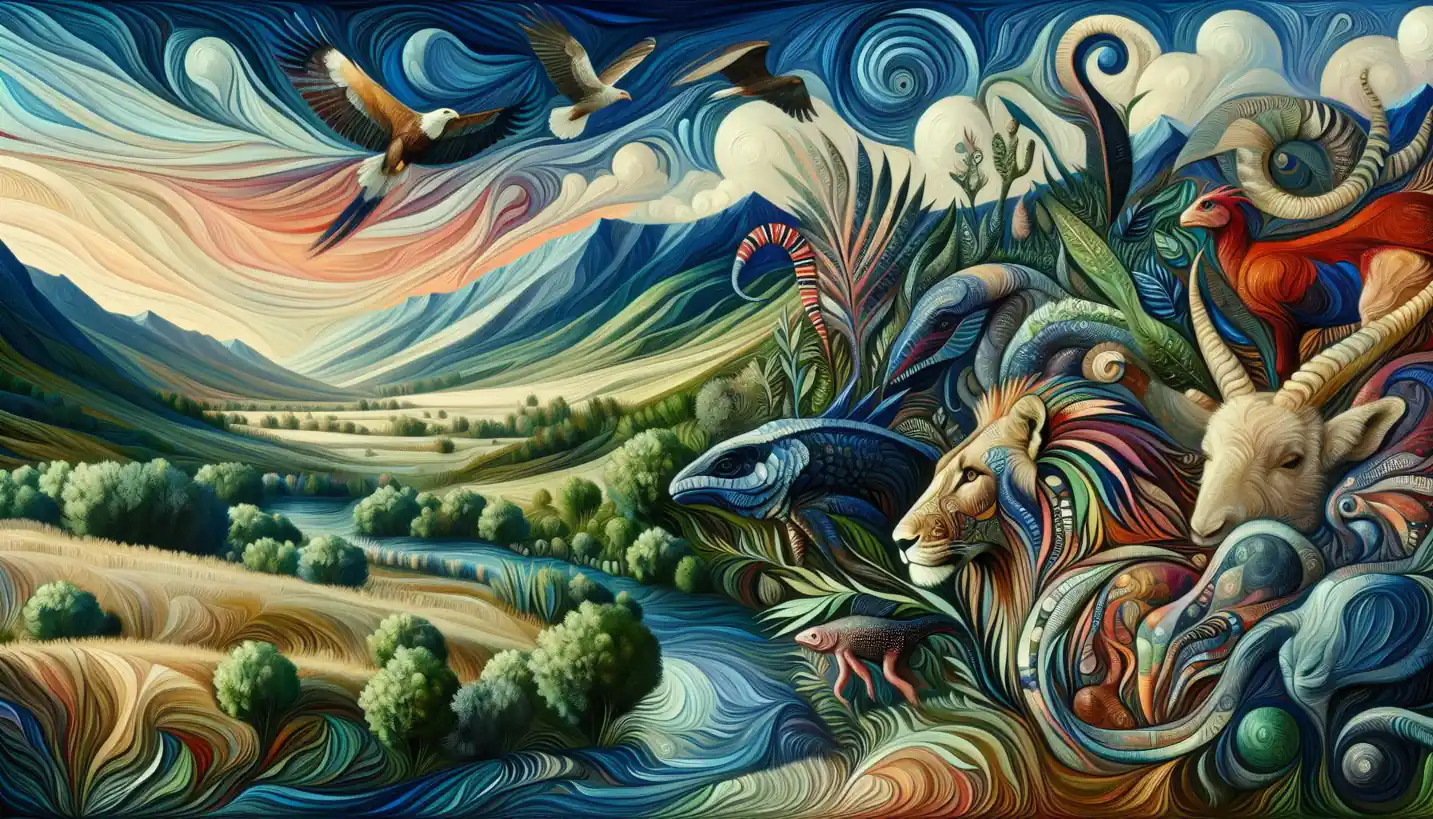· Biology · 5 min read
Overexploitation: A Threat to Nature's Balance
Overexploitation poses a significant threat to the balance of nature. Learn how unsustainable use of resources can lead to drastic ecosystem changes.

Picture this: a beautiful forest teeming with wildlife, vibrant plants, and a perfect balance of life. Now, imagine this harmony disrupted, the forest thinning out, the animals disappearing, and the once-vibrant ecosystem struggling to survive. This is the harsh reality of overexploitation, a pressing issue in conservation biology that demands our attention.
What Is Overexploitation?
Overexploitation happens when we use natural resources faster than they can replenish. Think of it as dipping into your savings account without letting it grow back – eventually, you run out. This applies to everything from trees in a forest, fish in the sea, to the animals we hunt.
This concept dates back centuries. Wild animals were hunted for food, materials, and trade. However, as human populations grew and technology advanced, the scale and impact of exploitation skyrocketed, often leading to dire consequences for the ecosystems involved.
Why Is Overexploitation a Problem?
When we take too much from nature, it can lead to species extinction, loss of biodiversity, and ecological imbalance. Consider the dodo bird, once abundant on the island of Mauritius, but driven to extinction by hunting in the 17th century. It’s just one sobering example of the long-lasting effects of overexploitation.
Biodiversity is like nature’s safety net. Different species play unique roles, and their interactions maintain the health of ecosystems. When we exploit one species too much, it can create a domino effect, impacting other species and leading to unintended ecological consequences.
Examples of Overexploitation
Fisheries and Marine Life
One significant area where overexploitation is evident is in our oceans. Overfishing has become a major concern globally. Popular fish species, like cod and tuna, have been harvested at such high rates that their populations can barely recover. This not only affects fish but also disrupts entire marine ecosystems, impacting predators and prey alike.
Imagine a school of fish as a choir. If too many voices go missing, the harmony is lost, affecting the entire performance. Similarly, overexploitation of marine life throws off the natural balance, threatening both the ecosystem and the industries relying on these resources.
Wildlife and Poaching
Wildlife faces similar threats. Iconic animals like elephants and rhinos are poached for their tusks and horns. Despite conservation efforts, illegal wildlife trade remains a lucrative business, contributing to the decline of many species.
This isn’t just a loss of individual animals; it’s a cultural and ecological tragedy. Animals like elephants aren’t just majestic; they play crucial roles in their environments, such as dispersing seeds and creating water holes that benefit other wildlife.
Forests and Logging
Forests, often called the lungs of the planet, are not immune. Deforestation due to logging and agriculture leads to habitat destruction, affecting countless species. Cutting down trees faster than they can grow impacts not only wildlife but also the global climate, as trees play a vital role in carbon sequestration.
Imagine pulling threads from a complex tapestry – remove too many, and the entire picture unravels. This is what happens when we exploit forests beyond their limit.
The Role of Conservation Biology
Conservation biology steps in as the guardian of nature’s balance. This field of science focuses on understanding and mitigating the impacts of overexploitation. Scientists research ways to manage and restore populations, develop sustainable practices, and raise awareness about the importance of biodiversity.
A critical part of this is engaging local communities. Empowering people living in proximity to endangered resources often leads to more successful conservation efforts. It’s about finding that balance where both humans and nature can thrive.
Sustainable Solutions
Addressing overexploitation requires global cooperation and innovative solutions. A good example is the concept of sustainable fishing. This involves setting quotas, protecting breeding grounds, and monitoring fish populations to ensure they remain healthy.
In forestry, sustainable practices include selective logging and replanting initiatives. These strategies aim to maintain a continuous supply of resources without compromising future generations’ needs.
Wildlife conservation efforts often focus on anti-poaching measures, creating protected areas, and breeding programs. Technology, like satellite tracking and DNA profiling, helps combat illegal activities more effectively.
The Future and Our Role
The challenges of overexploitation might seem daunting, but change starts with awareness and small actions. Supporting sustainable products, consuming responsibly, and participating in conservation initiatives can make a significant impact.
For scientists, the future involves further research into understanding ecosystems, finding innovative conservation techniques, and restoring impacted environments. It also highlights the importance of policy-making and international agreements in safeguarding natural resources.
Encouraging curiosity in this field is crucial. As more people understand the consequences and solutions, the collective effort in combating overexploitation becomes stronger. Imagine a future where our forests are lush, the oceans are teeming with life, and every species has a place and a purpose.
In conclusion, overexploitation is a critical issue in conservation biology that affects all of us. By recognizing its importance and embracing sustainable practices, we can help ensure that nature’s balance is preserved for generations to come. Together, we can rewrite the story of our relationship with the natural world, turning it into one of harmony and respect.



